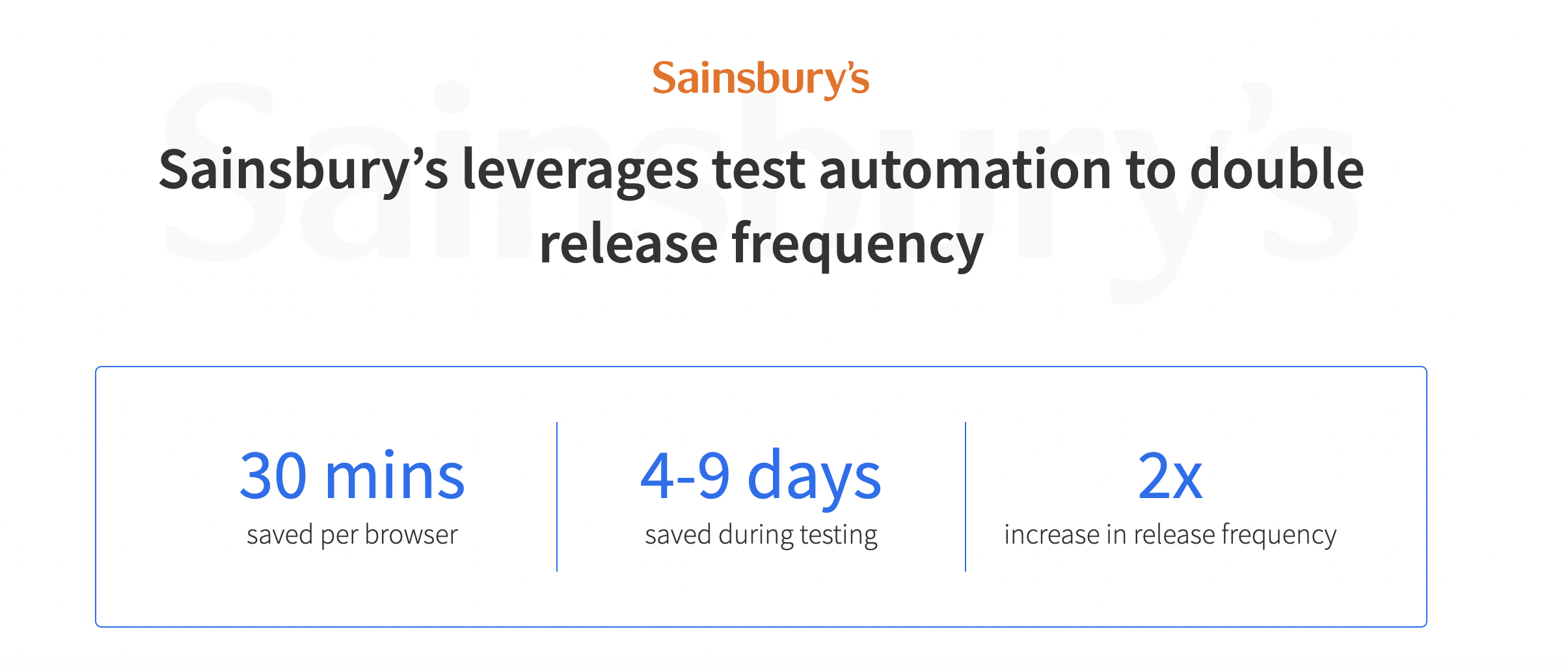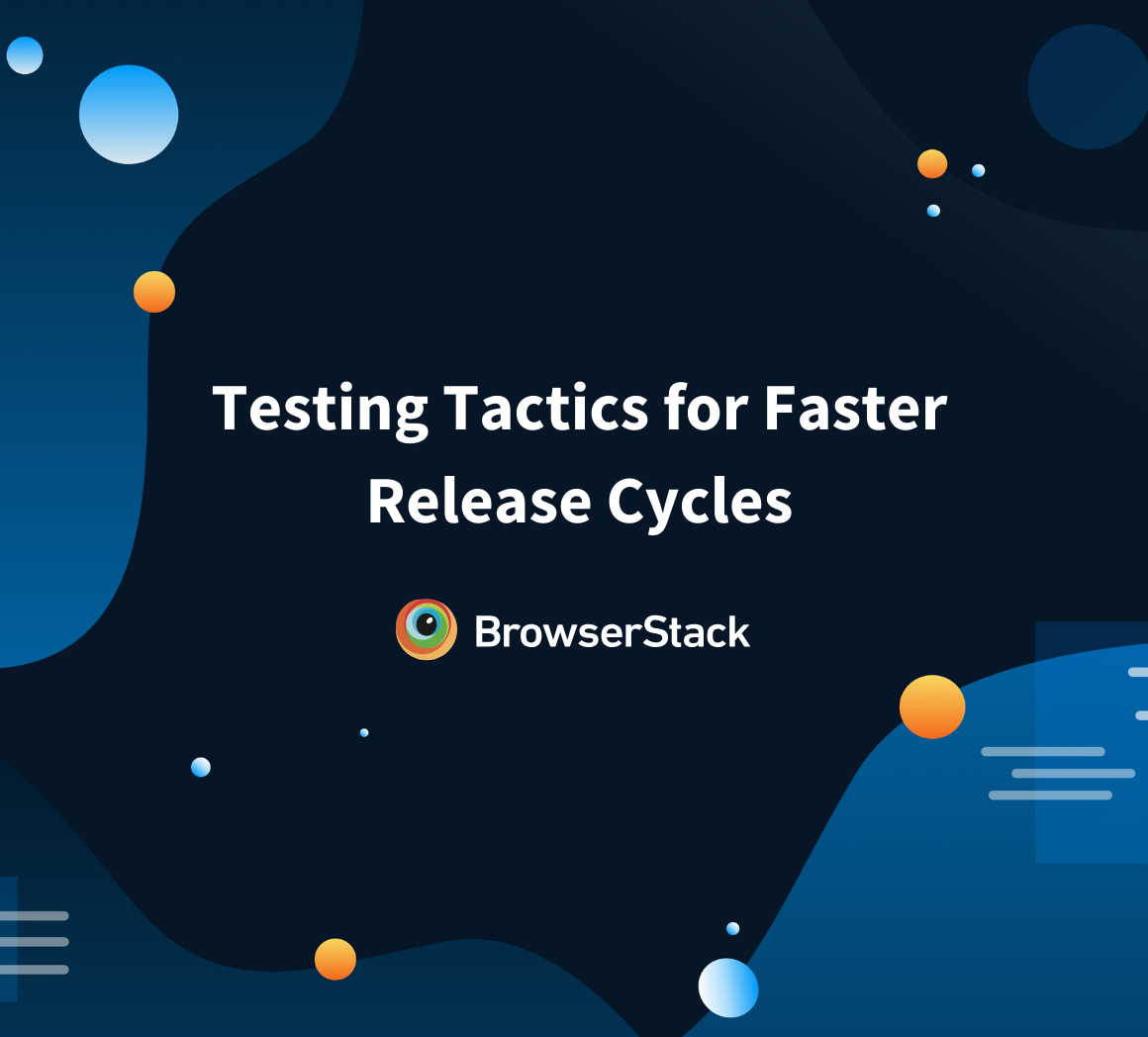In today’s corporate world, staying competitive necessitates continuous delivery of quality services through your products or services. Quality has become a differentiating factor for businesses looking to grow their customer base, making shorter release cycles undoubtedly an advantage.
It’s challenging to achieve quality and a faster time to market with the traditional software development lifecycle (SDLC), which uses the waterfall testing approach. Impact analysis is a viable alternative in which development and testing are carried out concurrently rather than in separate silos.
What is Impact Analysis in Testing?
Impact analysis in testing is a method for evaluating system changes systematically. It considers the proposed solution in terms of the present system, its restrictions, and needs, the new feature, enhancement, or problem to be solved, the underlying reason for the change, or the root cause. It is a component of a larger modification procedure that justifies or opposes the change.
Impact analysis is a concept that can tell us about the estimated effect on schedule, effort, and risk due to a change in a specific application or feature. It is a structural approach adopted by the management to determine the negative impact of a change resulting from project implementation or policy decisions.
Why use Impact Analysis in Testing?
Most organizations fall into one of the two categories when it comes to testing updates on packaged applications:
- Test Everything: In this method, testers attempt to run their whole regression suite by hand before each release, which is time-consuming and error-prone.
- In-Process Testing: This normally entails requesting manual testing from key business users shortly before the deployment of the update and then using the application to swiftly address faults once issues arise in production.
- Ensure alignment between teams and stakeholders: It helps drive clear communication across development, testing, and business teams, ensuring everyone understands the implications of changes. This reduces information gaps and keeps all teams focused on common goals.
- Refine timelines for project delivery: By assessing the impact of changes, teams can better estimate timelines for development and testing. This leads to better timeline planning, enabling the project to effectively meet deadlines and manage stakeholder expectations.
Neither end of the spectrum is ideal. What is a better alternative?
Make sure you’re testing the proper items. Using AI-driven impact analysis, you may determine which objects are most vulnerable to an application upgrade and test only those. Because they are possible sources of production faults, they are the “proper things” to test.
Also Read: Parallel Testing, an Essential Guide
Most major corporations have embraced this method. Coca-Cola largely relies on SAP, issuing many bespoke and standard transports throughout the year. Their IT team was overwhelmed by the quantity of human analysis necessary to identify every object affected by a software change. It just took too long, involved too many employees, and jeopardized too much of the company’s operations. Hence, they turned to automation.
BrowserStack empowers QA teams to perform tests anywhere. It helps you scale your test environment efficiently and ship products seamlessly. And companies that use BrowserStack have reduced operational costs by multiple folds. You no longer have to maintain an internal device lab and spend on setup and maintenance. Start testing directly on 3000+ real devices and browsers hosted on our real device cloud instantly.
They now utilize a smart impact analysis technique to identify the objects in danger from an upgrade. The outcomes are amazing. By testing the appropriate things, they not only speed up their testing and reduce business risk but also save up to 40% on each release.
How To Conduct An Effective Impact Analysis?
An effective Impact Analysis can ensure focused and efficient software testing.
Below are the steps to conduct an effective impact analysis:
Step 1: Identify the exact code modifications, such as new features or bug fixes, to understand the potential ripple effects on the software.
Step 2: Develop specific test scenarios to cover all affected areas and ensure that the changes are thoroughly evaluated.
Step 3: Rank scenarios by impact and criticality to focus testing on the highest-priority areas, optimizing time and resources.
Step 4: Create step-by-step test cases for each scenario to ensure accurate and consistent testing across the.
Step 5: Run the test cases to observe the software’s behavior under varied conditions, which helps to detect any issues resulting from the changes.
Step 6: Review test outcomes to identify unexpected behaviors or defects, providing insights to improve software quality.
How Is the Impact Analysis Method Useful To Developers?
- Below are some key benefits of Impact Analysis for developers:
- It helps evaluate the scope and impact of code changes and make informed decisions.
- Predicts potential ripple effects and reduces any unexpected issues across interconnected areas.
- Helps in estimating time and resources required for changes, supporting accurate project planning.
- Helps avoid unintentional disruptions, ensuring stability in other parts of the software.
- Enhances the understanding of dependencies. This leads to a smoother and safer development process.
How Is The Impact Analysis Method Useful To Testers?
Below are some key benefits of Impact Analysis for testers:
- Helps testers identify areas of the system that may be impacted by changes, focusing testing on high-risk areas.
- Improves planning by highlighting components that need more attention, making testing efforts and resource use more efficient.
- Reduces the likelihood of regression defects by assessing dependencies and potential impact to avoid unintended side effects.
- Supports clear tracking and documentation of changes, improving coordination with developers and stakeholders.
- Ensures adequate testing of all impacted areas, reducing the chance of missing critical issues related to recent changes.
How To Prepare an Impact Analysis Document?
Creating an Impact Analysis document is crucial in software development. This document helps to understand the effects of proposed changes before implementation and serves as a valuable guide for development teams and stakeholders throughout the project.
Below are some key tips to keep in mind while preparing an Impact Analysis document
- Identify Affected Modules that can be potentially impacted by the changes, including components, APIs, databases, and services.
- Detail Proposed Changes to each module, such as fixing issues, improving performance, or enhancing security.
- Describe Impacted Areas like direct and indirect software parts, with clear descriptions for each area.
- Assess Risks like potential bugs, dependencies, performance drops, security concerns, or compatibility issues using a simple qualitative scale for clarity.
Use the table format below to prepare this document.
| Module/Functionality | Changes Made | Impacted Areas | Risk Assessment |
Advantages of Implementing Test Impact Analysis
Listed below are the advantages of implementing test impact analysis.
1. Faster Release
The danger of a release was that organizations were forced to either pursue a test everything strategy or select the scope of testing for each release manually. Both methods take a long time and add to the entire release cycle. Using an impact-based analysis tool, the test scope can be reduced by up to 85%. QA teams can accelerate the overall release frequency by minimizing the time spent testing.
Sainsbury’s, one of the oldest, most popular supermarket chains, leverages BrowserStack’s test automation platform. Post-implementation, the company has increased their release frequency by 2x. Read the complete story.
“Before BrowserStack, the team spent 30 to 45 minutes running the current script manually on a single browser. It now takes just 10 minutes on BrowserStack.”- Saradha Balaji | Lead Test Automation Engineer, Sainsbury’s
2. Risk Analysis
Every production release increases the risk of important business processes being disrupted. The possibility of unanticipated disruption to the company is decreased by knowing the most at-risk objects every release and focusing on the parts that can be controlled/foreseen. The whole release risk is further reduced by enforcing release activities, using a systematic testing methodology, and automating manual tasks.
Also Read: What is risk-based testing in agile?
3. Cost Saving
Business requirements can be fulfilled faster, and advantages can be realized sooner in an accelerated release cycle, lowering overall costs and accelerating ROI. A risk-based testing strategy will minimize overall testing expenses and boost testing efficiency by concentrating on what is critical to test per release by focusing on the most at-risk components.
Read More: Calculating Test Automation ROI: A Guide
Cloud-based testing services and tools provide testing environments that may be customized to meet the needs of an application.
BrowserStack helps simplify things by giving QA teams access to 3500+ real devices and browsers. Setting up an in-house testing lab is extremely expensive and requires additional setup and operational costs. BrowserStack reduces tester wait time by half and enables testers to access multiple devices simultaneously, saving both operational and resource costs.
Purpose of a Change Impact Analysis in Testing
The investigation of changes inside a deployed product or application, as well as their possible effects, is known as change impact analysis (IA). It is the process of anticipating the repercussions of a business function interruption and determining how teams may collaborate to resolve these issues.
- It’s done to determine what might happen if the change is implemented. Incorporating too much functionality into a product can degrade its overall performance.
- Identify all files, documents, and models that may need to be changed if a team decides to make a product update.
- Estimate the time and effort required to implement the change.
- It will give you a list of all the elements dependent on each other.
- To determine the task that will be required to accomplish the modification.
Understanding the quality of the code continuously necessitates a sophisticated examination of the tech libraries early in the cycle and after code changes. Tagging methods are particularly useful in planning and structuring test cycles and, when given enough care, can greatly impact a DevOps team’s efficiency.
It is critical to maintain tagging strategies across teams to have a good impact on such a tool and avoid any escaped defects. It is also a method of removing flakiness from the complete test suite.
Test Impact Analysis With Test Automation
Integrating impact analysis with test automation boosts efficiency by focusing on the most impacted areas by code changes.
Here’s how to streamline it:
- Identify and prioritize critical code areas and dependencies.
- Update automation frameworks to allow dynamic test selection that triggers relevant tests with each CI/CD update.
- Targeting impacted areas shortens testing time and lowers regression risk.
- Ensure everyone on the team is trained on impact analysis processes to handle potential issues proactively.
Accelerate Release Cycles by Testing Under Real User Conditions
QA teams implement automated test cases as a part of their continuous testing process to ensure the quality of the code. But, continuous testing significantly increases test execution overhead. With impact analysis and testing on real devices, teams can holistically reduce their test execution time and developer wait time and accelerate their release cycles.
GoodRx, a tech-driven digital healthcare marketplace cuts testing time by 90% to release 15 times a day. Read the complete story on how GoodRx cuts testing time by 90%.
Conclusion
BrowserStack enables you to test your websites and applications on 3500+ real devices and identify issues that may appear under real conditions.
To summarize, even with the most extensive testing, certain functions or pieces of software may be overlooked or not thoroughly evaluated. The software impact analysis should be utilized to avoid this scenario, and the software must be tested under real user conditions using real device cloud.








